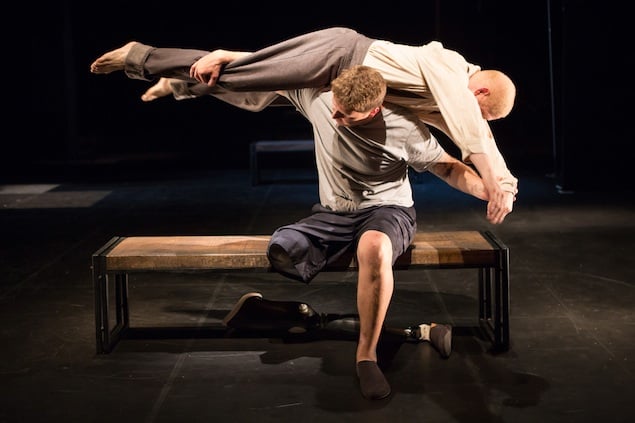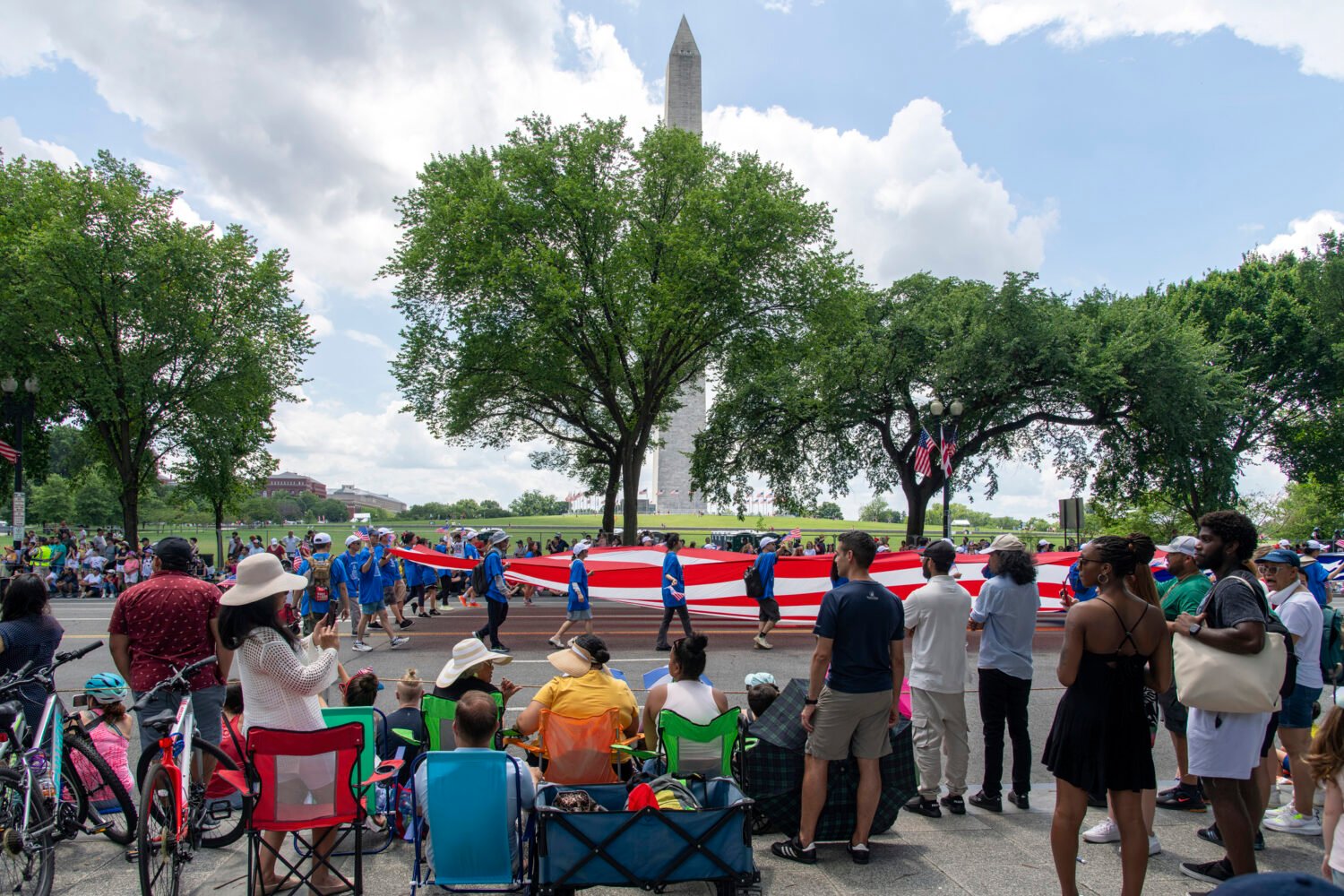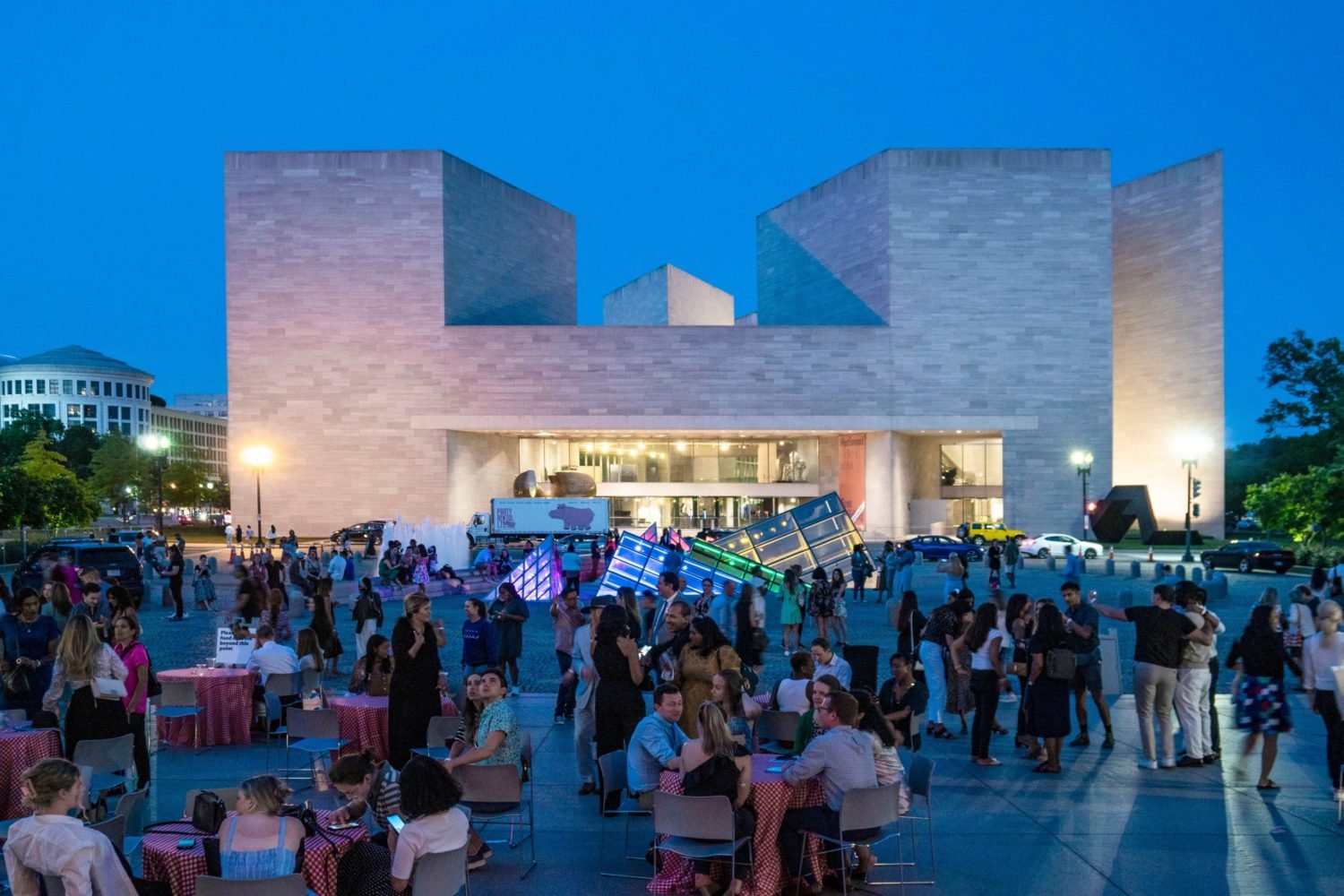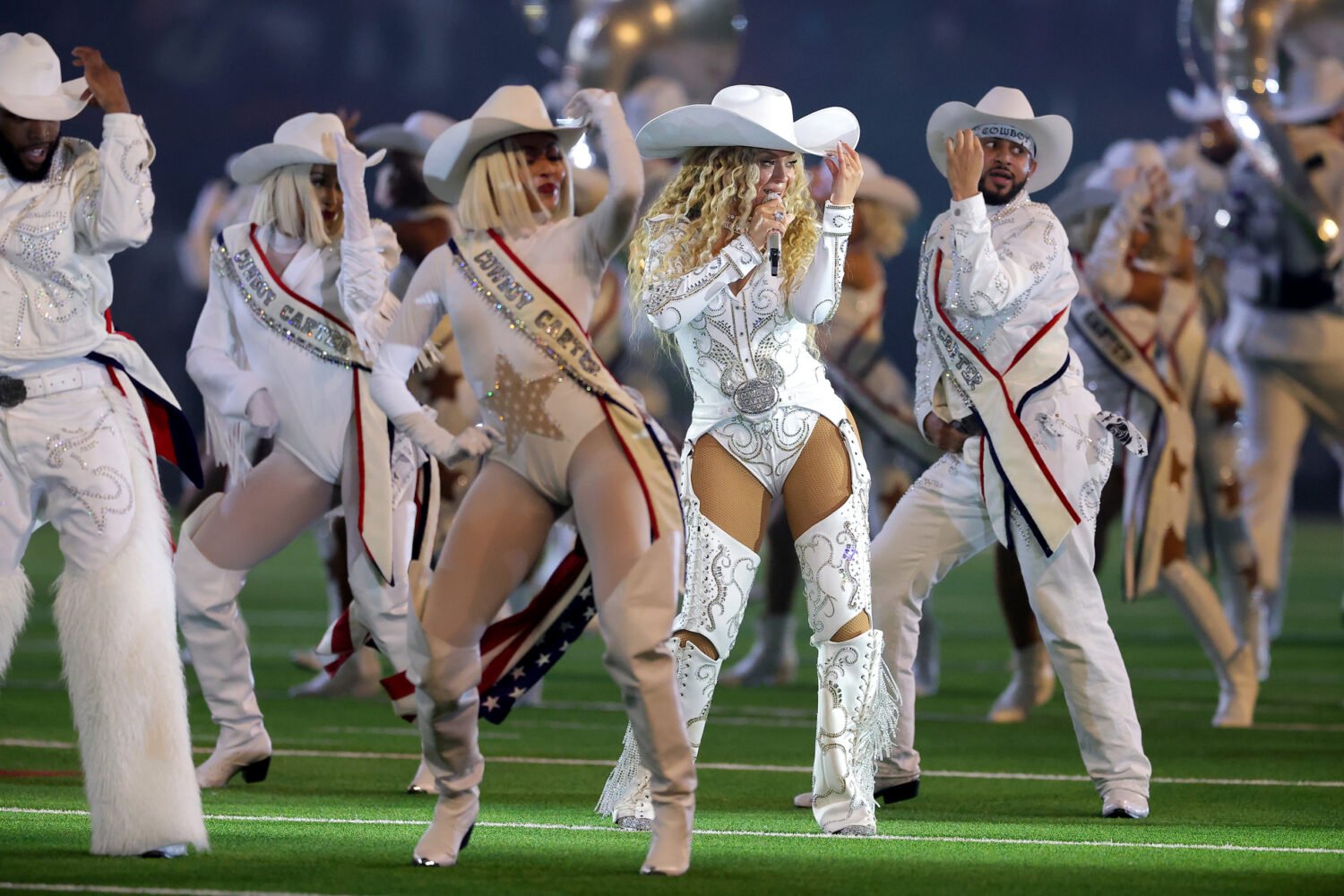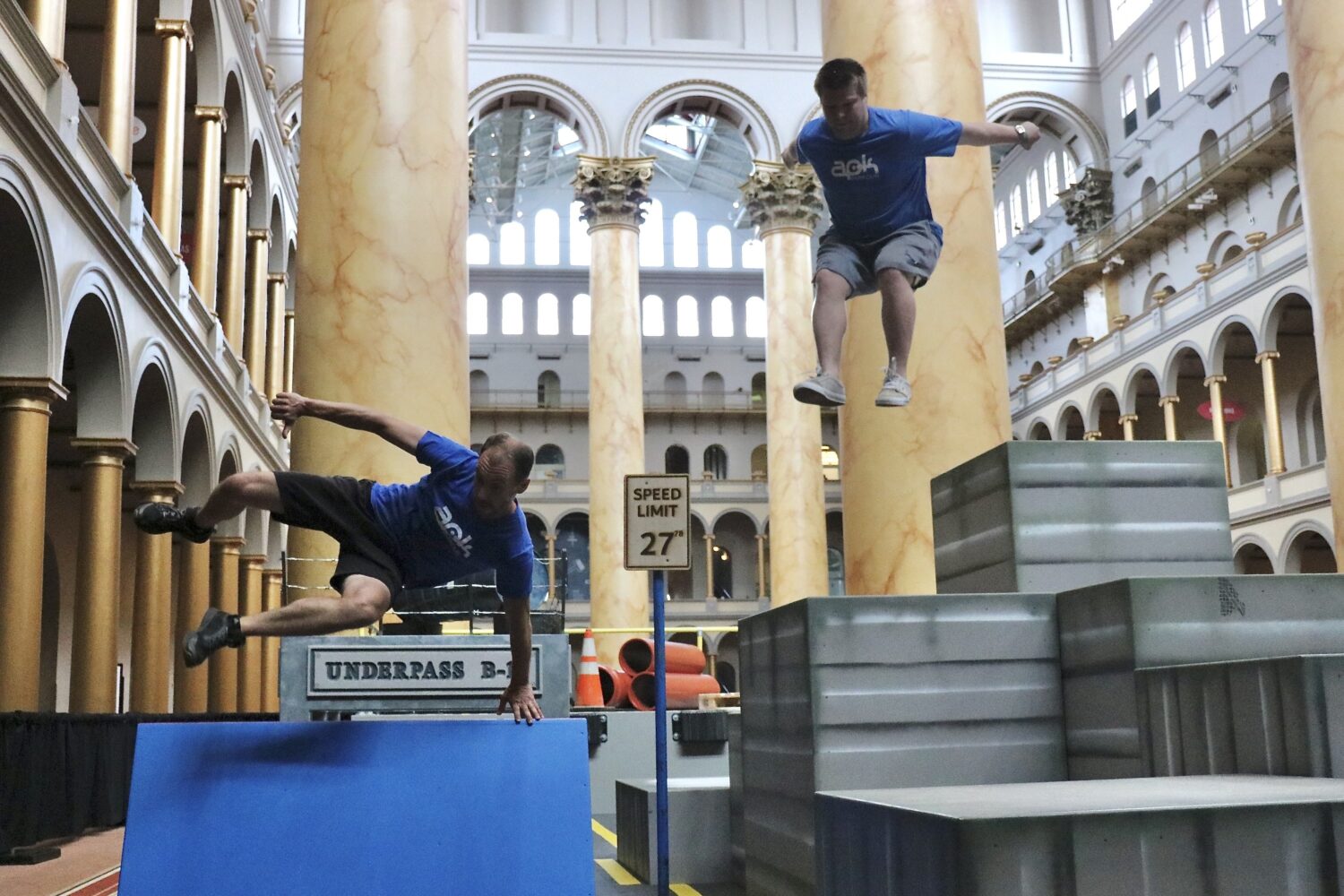The experience of Healing Wars begins before the show does. To enter the auditorium, audience members must progress through a series of living dioramas that illustrate various facets of Civil War life: a woman soldier disguised as a man and awaiting medical attention, a gravedigger completing his duties, a young man preparing to go off to battle. Then the performance begins, featuring those same actors embodying multiple characters in wars that span centuries and continents.
Healing Wars, choreographer and director Liz Lerman’s world premiere theatrical dance performance currently playing at Arena Stage, explores the experiences of the physicians tasked with caring for soldiers during wartime and after—with all the frustration, helplessness, and fleeting triumphs that involves. Narrated by the actor Bill Pullman (Independence Day) and with an eight-person cast that includes Pullman’s wife, Tamara Hurwitz Pullman, Healing Wars uses a combination of dance and spoken word to tell the stories of surgeons and counselors from the Civil War through present day—both the patients they managed to help and, more often, the ones they couldn’t.
The scope of the production is ambitious and can at times overwhelm. The vignettes travel back and forth in time without explicitly stating when each occurs, leading to brief jarring moments as viewers re-orient themselves. Other times there is so much movement on the stage, coupled with the narration and music, that it can be hard to know what to focus on, and Pullman’s integration into the choreography is somewhat uneven. But the cast members, of both genders and a range of ages and ethnicities, are well coordinated in ensemble pieces and equally strong in solo sequences.
The set, designed by Obie Award winner David Israel Reynoso (who’s also behind the costumes), features a tangle of hospital beds suspended above the stage, gauze curtains the dancers pull forward to use as partitions, and two benches. One of these benches is employed in one of the most affecting segments, which centers on Paul Hurley, a graduate of DC’s Duke Ellington School of the Arts who served as a US Navy gunner’s mate in Bahrain and returned home after an injury cost him part of his leg. In the segment, Hurley removes his prosthesis, which is visible throughout Healing Wars, and must rely on the support of another performer as he moves about the stage. It’s a powerful visual reminder of the consequences of war and serves to ground the performance in that uncomfortable, inescapable reality.
In another more lighthearted sequence, somewhat improbably set to Lady Gaga’s “Telephone,” the performers dance along to footage projected onto video screens on the back of the stage of real-life soldiers mugging to the song while overseas (the lighting is by Heidi Eckwall, sound by Darron L. West; Kate Freer is the media designer). The comedy of the moment is underscored by tension—one can’t help but wonder whether those soldiers made it home, and what shape they were in if they did. It’s the idea at the root of the show: that even those who return from war with their bodies intact have wounds, and the recovery process is a war itself.
Healing Wars is at Arena Stage through June 29. Running time is about one hour and 20 minutes, with no intermission. Tickets ($40 to $100) are available online.

